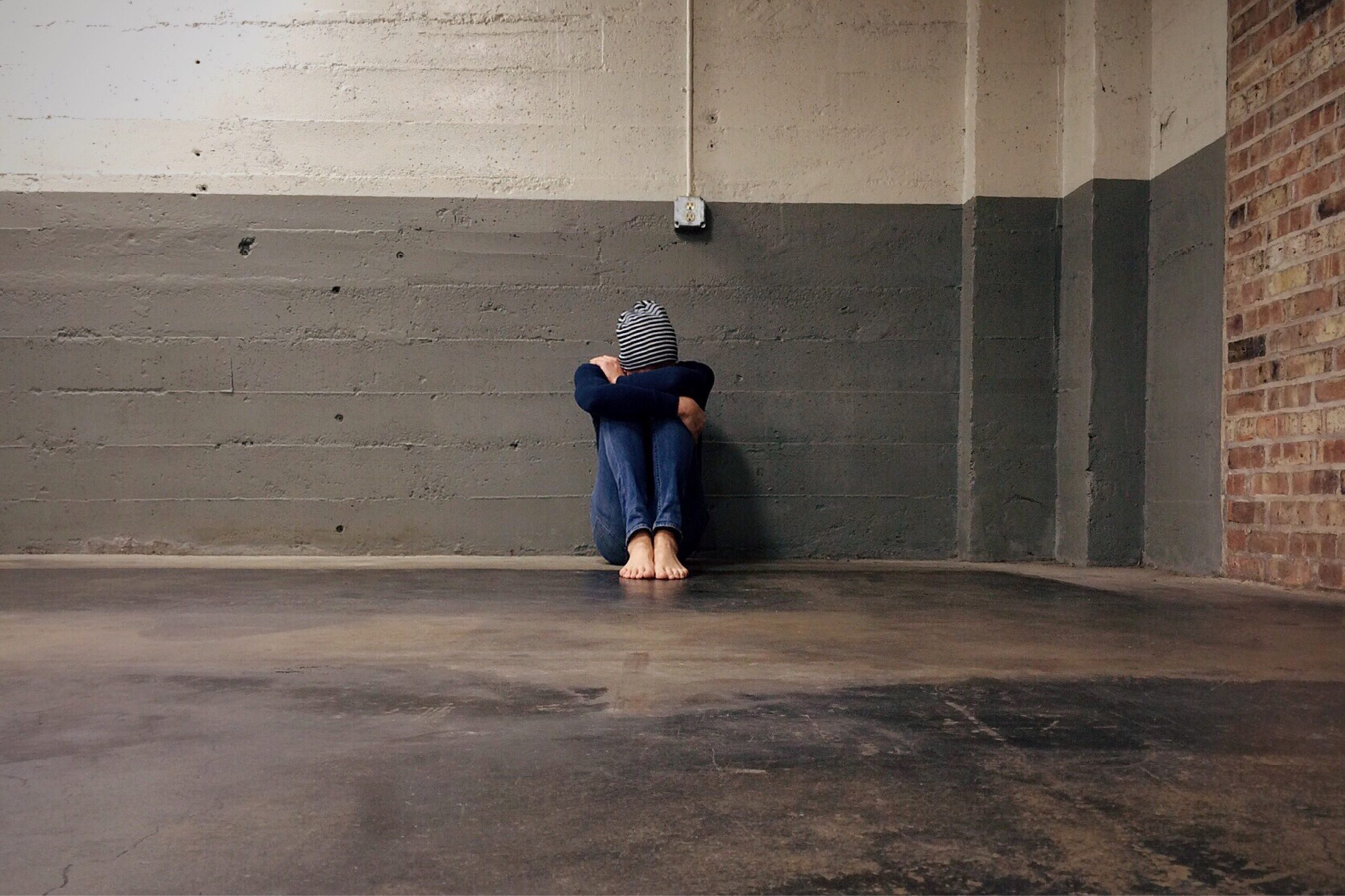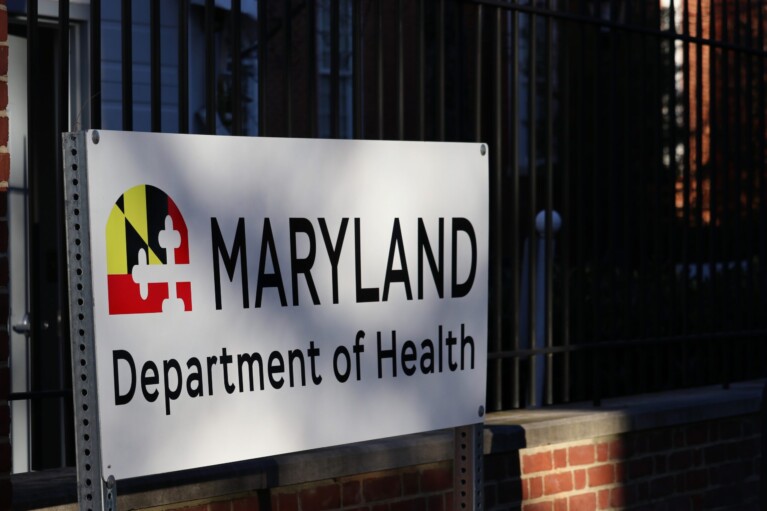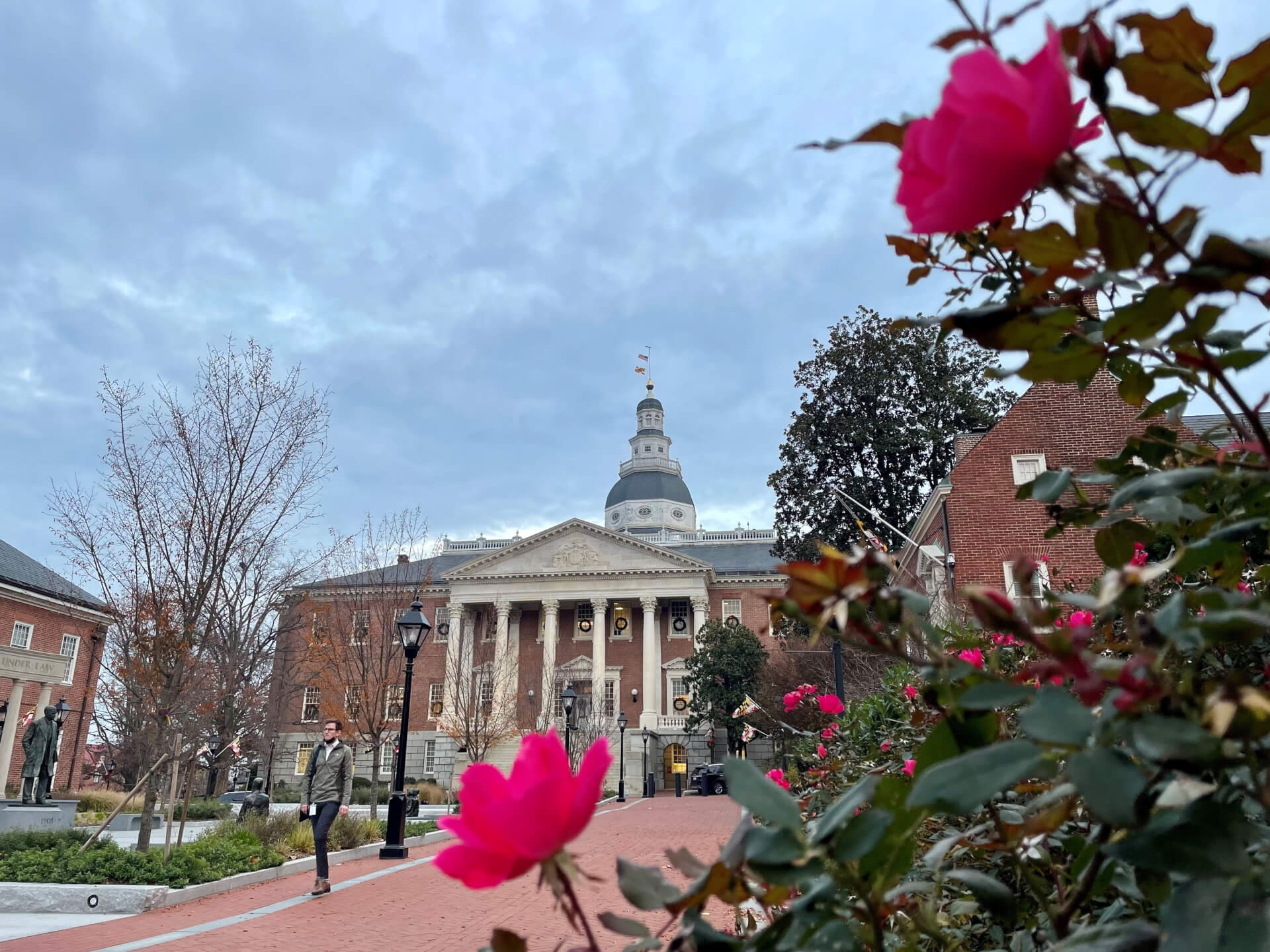Shelters Gird for Domestic Violence Spike During COVID-19 Outbreak

In the face of the COVID-19 pandemic, many operations that keep day-to-day life in the state running have slowed or been halted, to stop the spread of the virus.
But that’s not a feasible option for every workplace. Some services that serve vulnerable populations like homeless individuals and domestic violence survivors are still running — though in some cases with smaller staffs.
The Maryland Department of Human Services reported more than 31,000 homeless individuals in the state in 2018.
“Places like ours can’t shut down,” explained Katie Allston in an interview Tuesday. “They can’t.”
Allston is the executive director of the Marian House — a Baltimore-based shelter for homeless women recovering from trauma, abuse and drug addiction. The nonprofit served 85 women in its transitional housing program last year.
Despite the massive shutdown of businesses across the state, the facility is keeping its doors open during the COVID-19 pandemic but is working in a limited capacity.
Allston was one of just two employees physically present Tuesday — the balance are working remotely. She said she never imagined they would take to telework because the people they serve are all on-site.
Marian House is now also opting for telehealth therapy and support services, using online options like Zoom, which she said she has reservations about because technology “can’t replace the human contact.”
Barring the physical staff shortage, things must go on for facility residents who largely suffer from mental health and substance abuse problems. Allston said that 80% are afflicted with a mixture of both.
She expressed worry about residents losing their jobs, leaving them with no source of income to get back on their feet.
Women in the organization’s transitional housing live in their own separate bedrooms and pay a small amount of rent: 30% of their income, no matter how little. Allston said that in the case that someone loses her job and her ability to pay, Marian House will not enforce evictions.
Facility employees are equally worried about the potential viral exposure of women who have to take public transportation to and from work.
Allston stated that at this point, they are not actively screening residents because Marian House is their home, and she doesn’t want them to feel like “lepers” or “prisoners.”
For now, staff members are actively educating women about symptoms, asking them to self-identify if they’re feeling ill to the “COVID response team” comprised of facility workers who — with precautionary measures — feel comfortable assessing the residents’ health.
Allston said that people are doing many jobs to keep things running as usual at Marian House.
The organization’s grants manager was also the acting phone operator Tuesday, and Allston half-joked that she will sit in a room six-feet apart from residents Wednesday to talk with them about how to “cope with stress” as the leader of the substance abuse group because that counselor had been sent home.
“There is no job description for anybody — that’s out the window,” she said.
“I can tell you I’m gonna be here every day until I am sick.”
Allston is anticipating a lapse in admissions during the pandemic — not for a lack of people in need, but because of the directive for people to stay inside.
“This is going to cause folks to stay in unhealthy and unsafe situations because they’re going to feel like there’s no option,” she said, adding that it’s difficult to convince some women that they’re strong enough to leave unsafe lifestyles when things are “business as usual.”
“Now … it’s the opposite message,” Allston said.
At House of Ruth, Director of Programs and Clinical Services Janice Miller said that the public health emergency that is putting major stress on the general population is contributing to situations that can make instances of intimate partner violence more aggressive — now with fewer options for where to go if someone were to attempt to leave.
She said that their 23-room, 84-bed emergency shelter in Baltimore will remain open to women and their children through the pandemic and that they have assistance from Johns Hopkins School of Nursing representatives, who are available to staff for guidance.
Miller said that they, too, have yet to physically screen emergency shelter residents for symptoms because of a lack of supplies like masks and sanitizer, but that they are doing daily check-ins to make sure residents are feeling well enough.
House of Ruth’s emergency shelter is also a non-congregate facility, so women and their children have their own bedrooms and bathrooms.
As a safety precaution, Miller said that staff members have stopped pairing non-related women in the same rooms and that they do have a plan in place should a resident fall ill — which she said they are “fortunate, thus far” not to have faced.
The House of Ruth offers a number of services outside of sheltering women, including a 24-hour help hotline — which remains in service — as well as legal, counseling and abuse intervention programs — which have been suspended or moved off-site.
Miller said that it’s important for their emergency services, like the shelter, to stay open because it’s imperative that people have a safe place to turn to should they make the difficult decision to flee violent situations.
“[We] want to make sure they still have that option available,” she said.




 Creative Commons Attribution
Creative Commons Attribution